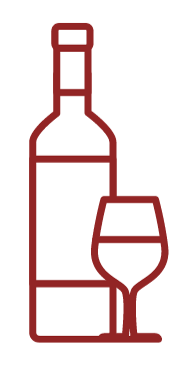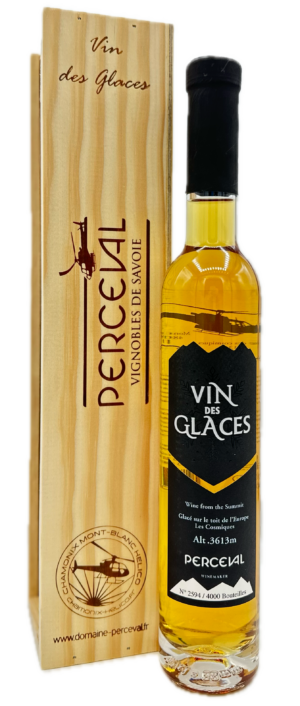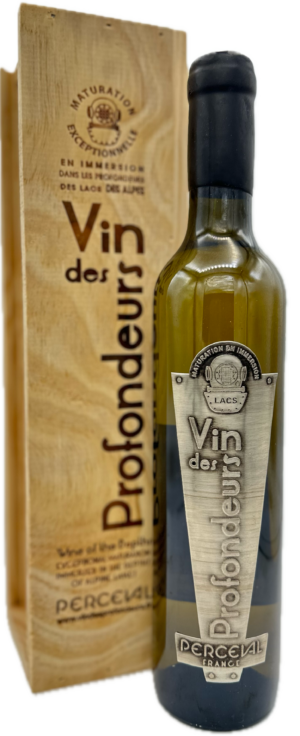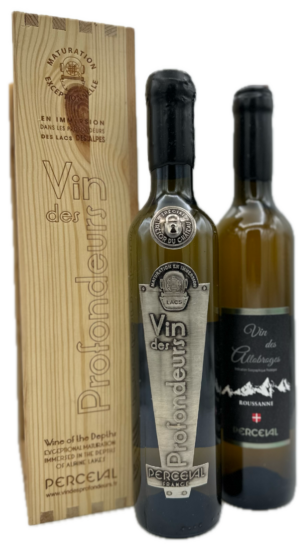Domaine Perceval is a winery located in Porte-de-Savoie. We offer wines of the highest quality.

Find all the domaine's wines here!

Find all the chateau's wines here!

Find all our sparkling wines here!

Find all our after-snow wines here!

Find all the wines of the depths here!

Find out more about our ice wine here!
































The vineyards of Savoie are a little jewel nestled between the mountains of the French Alps. The vineyards were planted on rocks torn from the summits and on the land that was formed during the last ice ages. Their altitude is between 300 and 600 m.